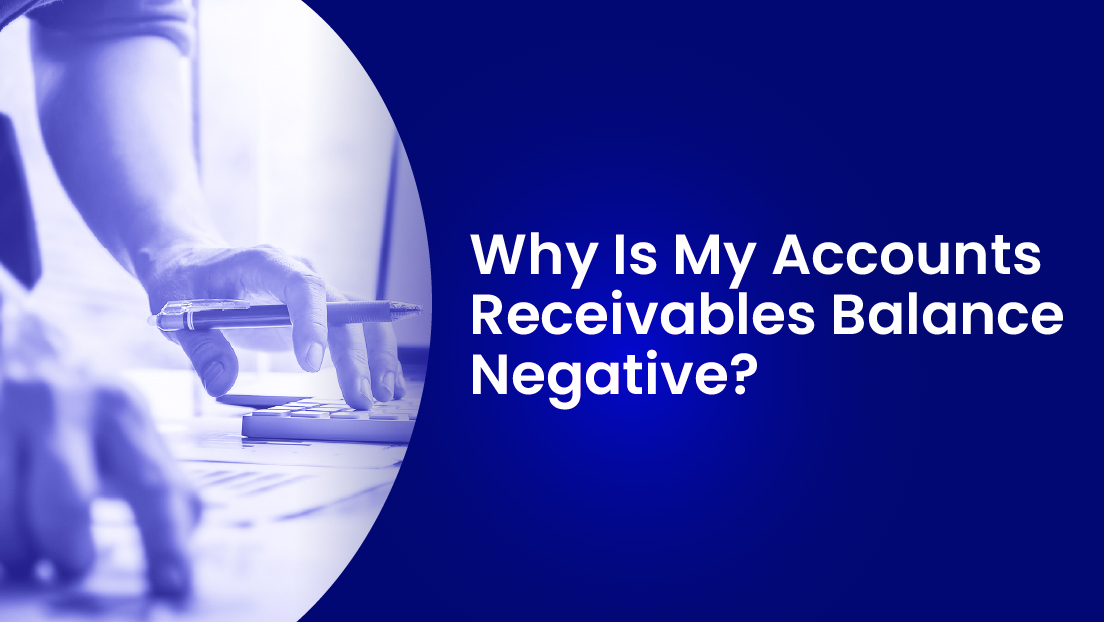When customers fail to pay their invoices on time, business owners send a series of collection letters. The first collection letter starts this series and politely reminds customers of the overdue invoice. It also includes information on how much they need to pay and when they should do so.
What Is the Role of the First Invoice Collection Letter?
Businesses generally send 3 or four collection letters. With each letter, the sense of urgency increases to prompt payment. The first letter serves as a polite reminder to encourage settlement. It includes all details regarding the debt, and the tone is usually courteous and friendly.
When Should Business Owners Send the First Collection Notice Letter?
Ideally, the accounts receivable team has a collection strategy. Creating one makes finding a place for the first collection letter for past-due invoices easier. The general rule of thumb is to send the first letter immediately after the debt falls into past-due status. Then, send follow-up notices in 30-day increments up to ninety or even 120 days. The goal is to get paid by the first notice, so it is most important.
What Should You Include in the First Past Due Accounts Receivable Letter?
Because the first letter serves as a friendly reminder, financial professionals generally agree on leaving out penalties. Instead, the first collection letter should include the following information:
- Friendly greeting
- Reason for sending the email; i.e., friendly reminder
- Invoice number, date, and amount
- Payment due-date and now, past-due status
- Accounts receivable contact information
- Payment methods
What Methods Should You Use To Send the First Invoice Collection Letter?
Collection letters have existed for about as long as accounting and credit. For years, debtors received letters in hand-delivered mail. Accounts receivable professionals now send these letters as emails. In some cases, you can send reminders via text. Depending on your business model and labor availability, you might deliver the first communication as a phone call.
What Are Some Best Practices for Creating the First Collection Notice Letter?
No one likes to chase customers for money. It can lead to frustration and other negative emotions. One of the best rules for creating these letters is to start with a template. Use this template to write all first notices for all clients. Templates ensure quality control and objectivity. It also makes it easier to determine what works and make adjustments to the template.
Here are some additional tips for writing the first dunning notice:
- Be clear and concise.
- Do not threaten customers, even when they are rude or refuse to pay.
- Research applicable consumer protection laws if your customers are individuals.
- Use a courteous, polite, and respectful tone.
How Can Gaviti’s Automated Accounts Receivable Software Help?
Our software makes it easy to create templates and automate communications with your customers. It knows exactly who needs to pay when. The software does the “chasing” for you and generates real-time reports, so you can track progress, change course or customize communications as you see fit.
This approach to AR automation gives our clients increased cash flow, reduced manual tasks, and decreased bad debt issues.
Book a free demo to see what Gaviti can do for you.






















